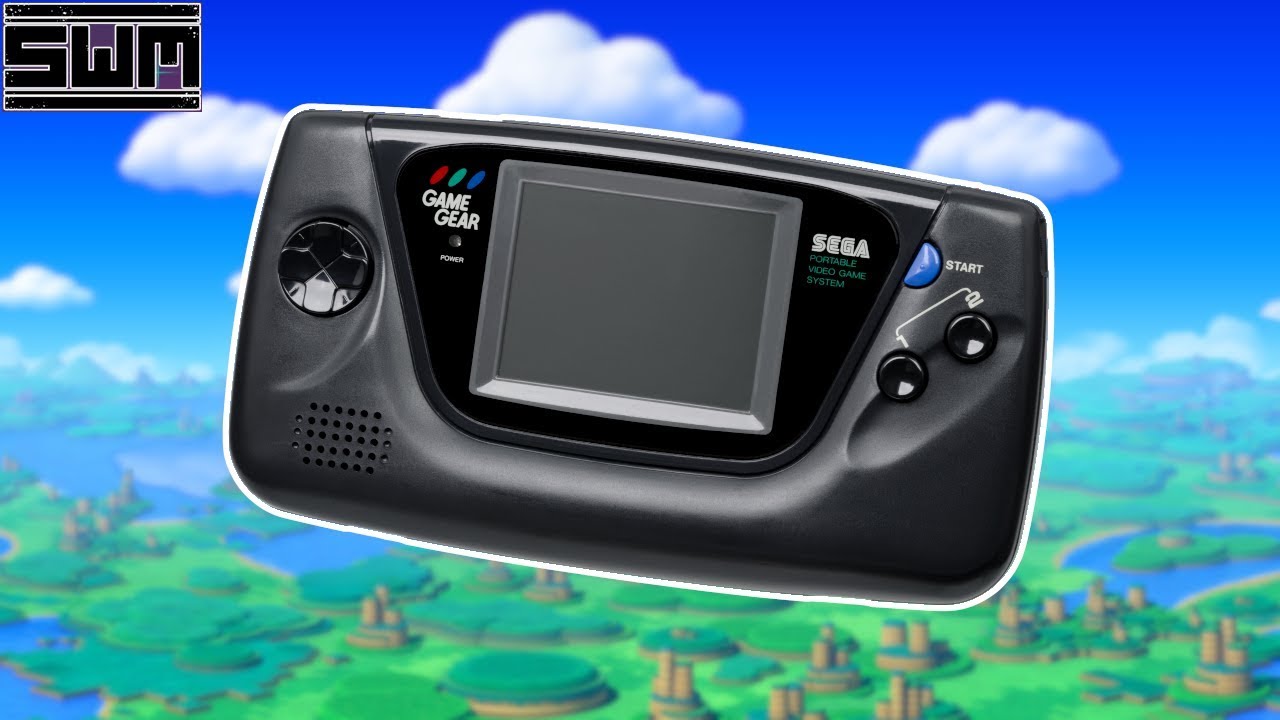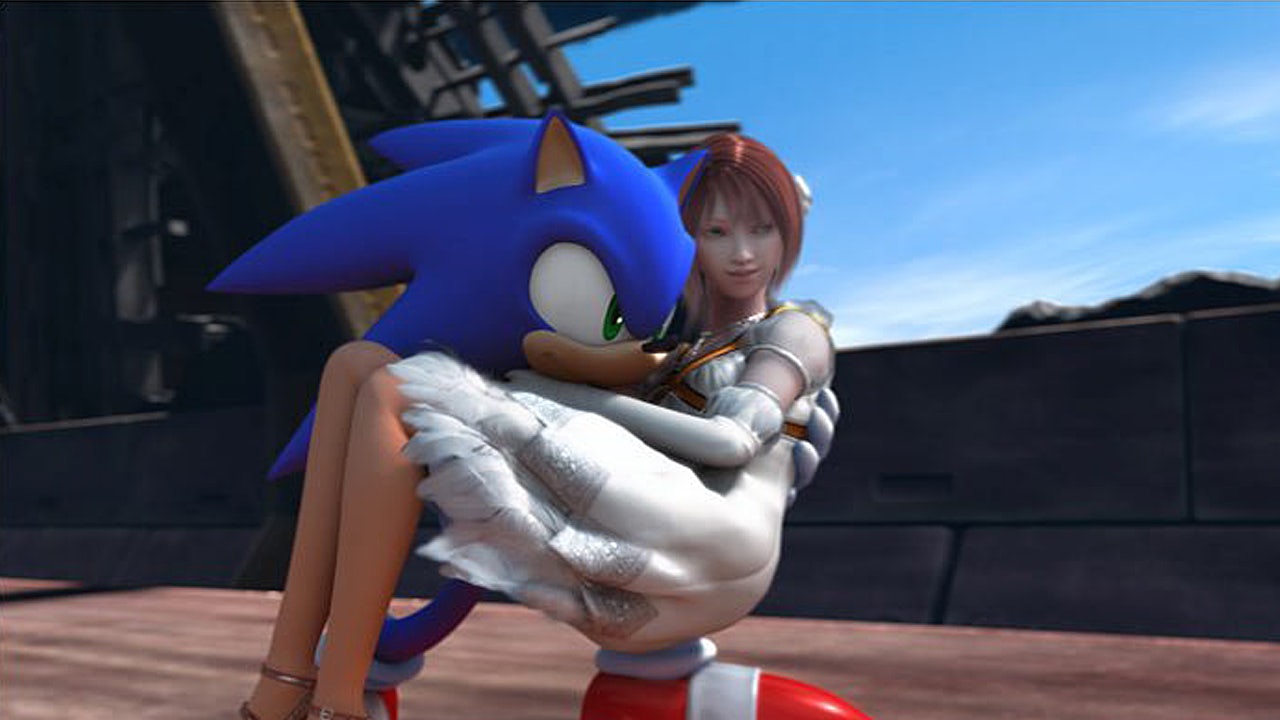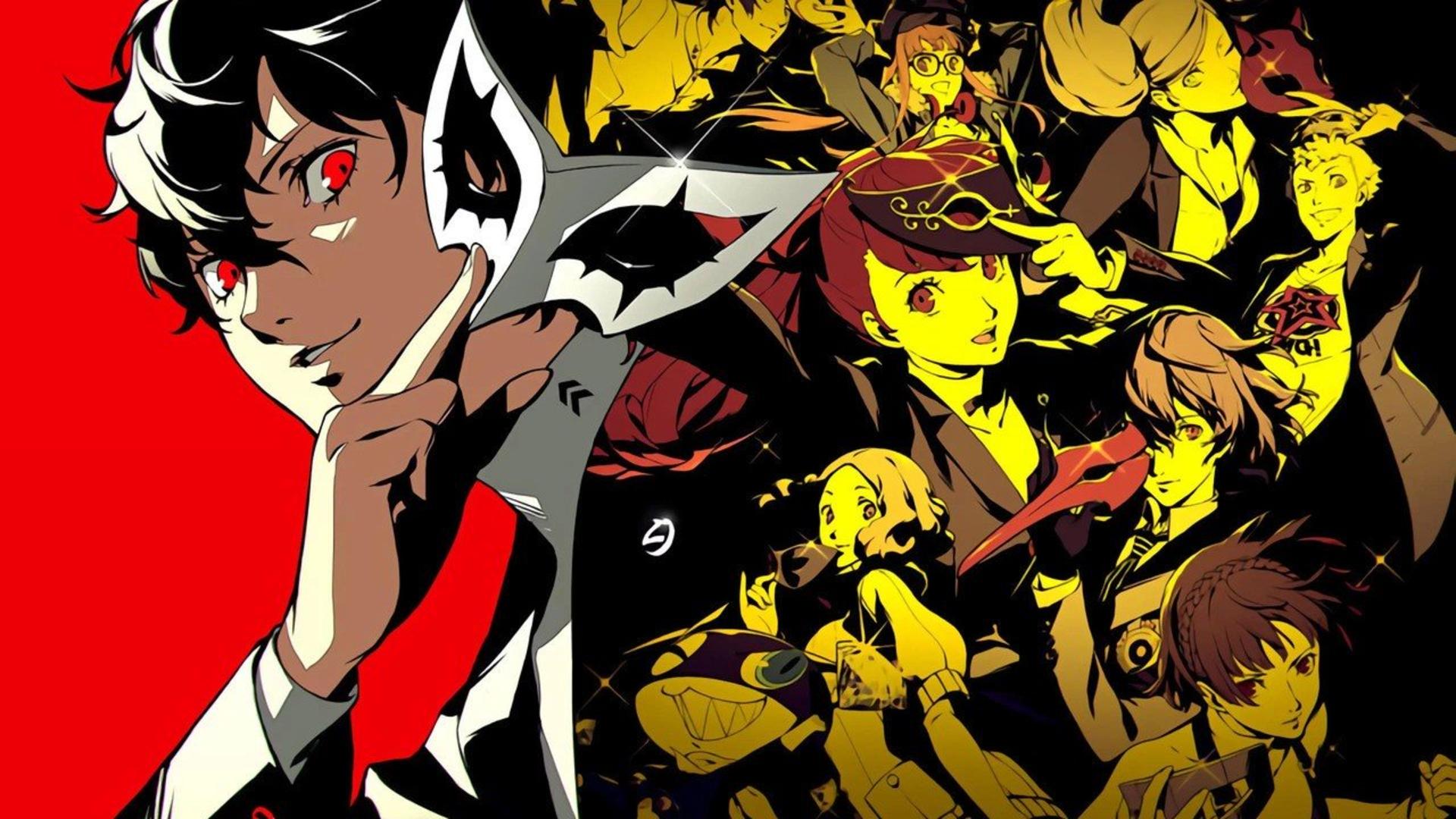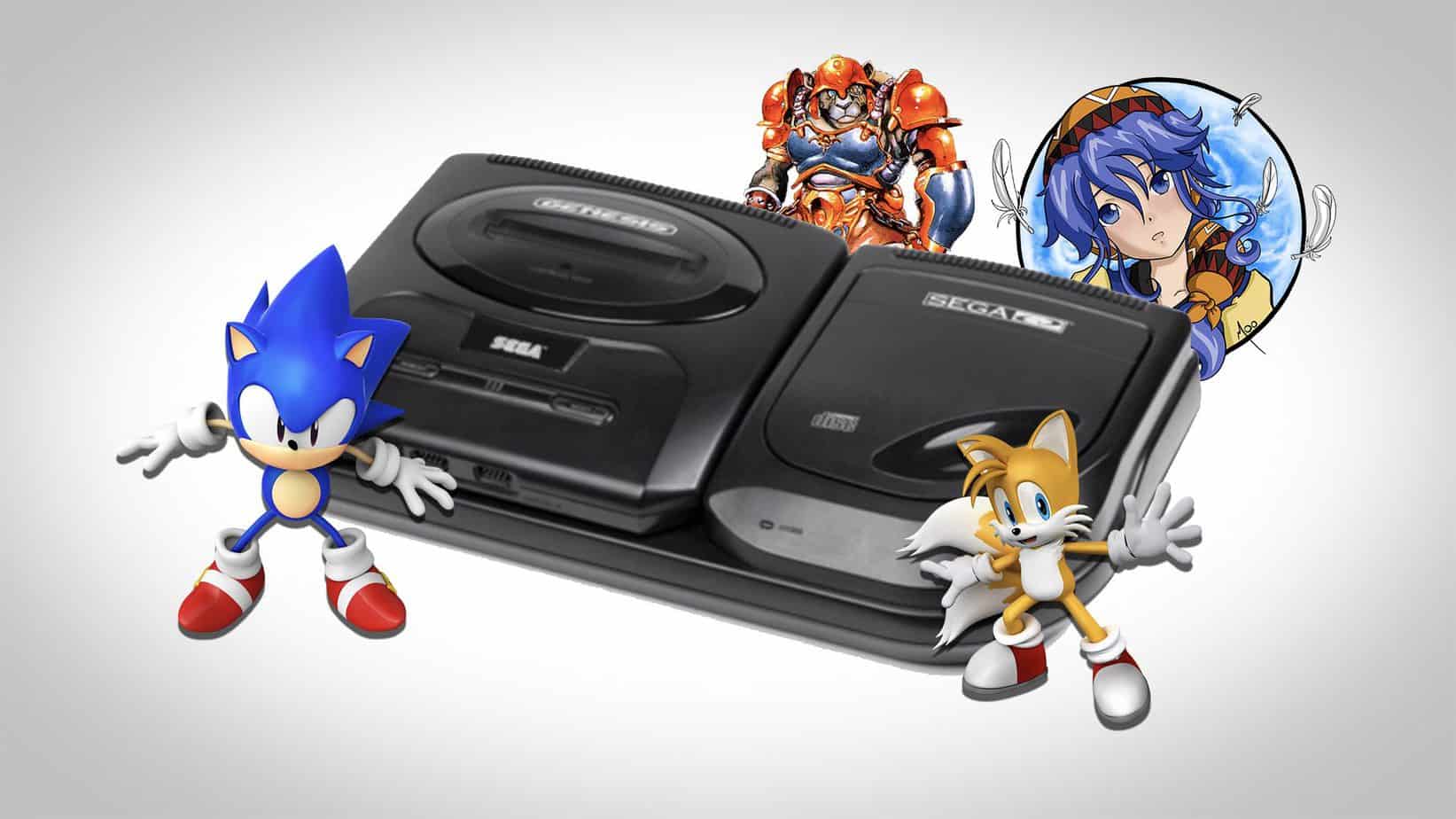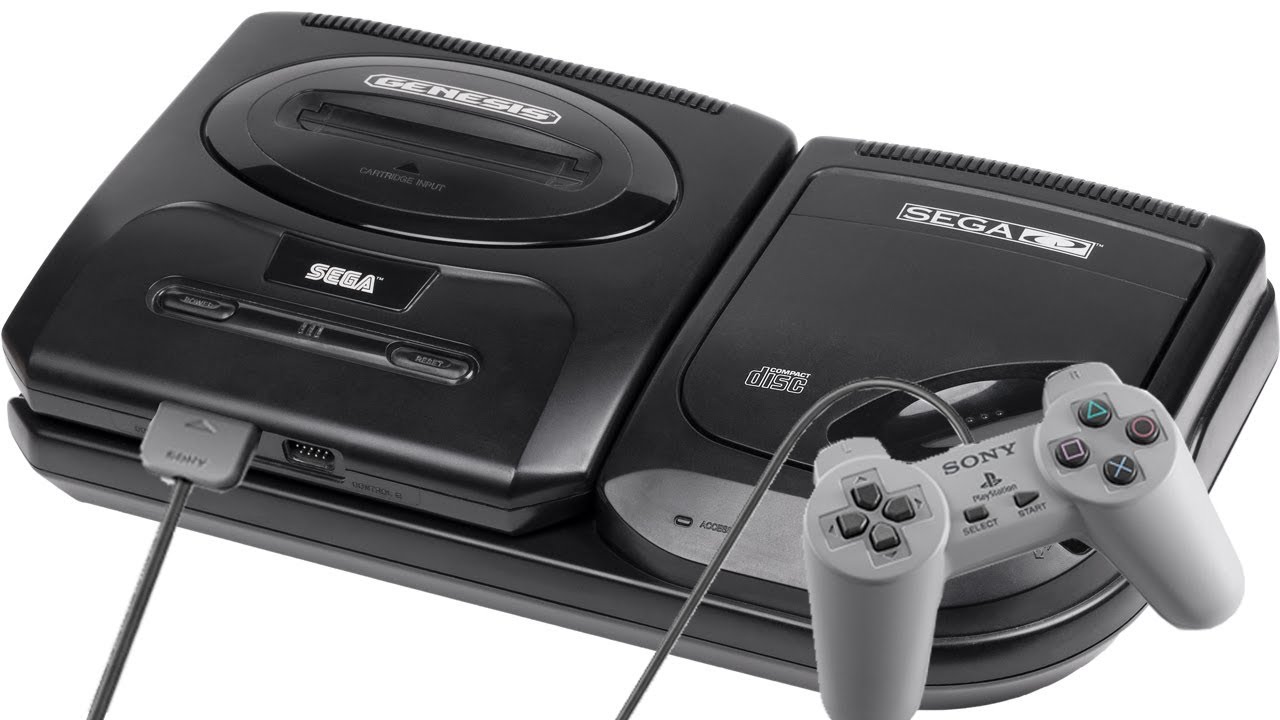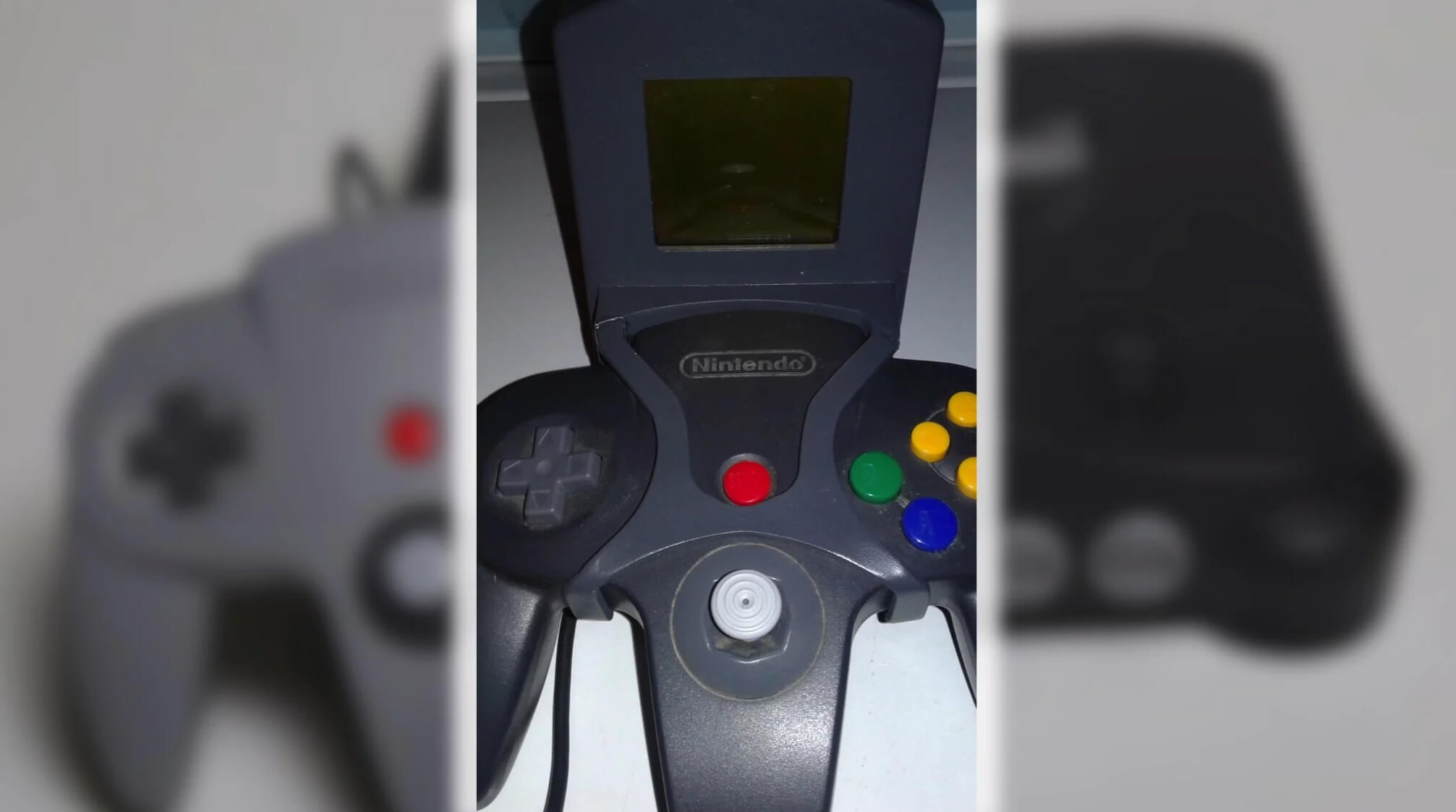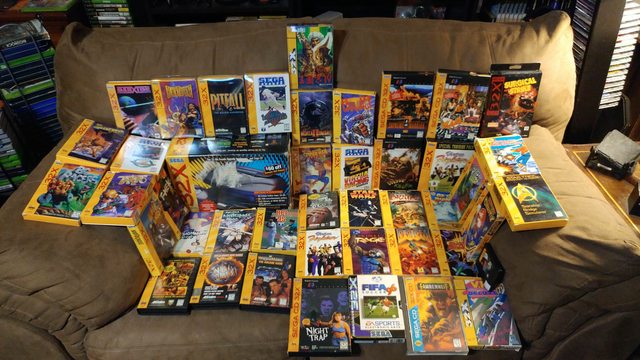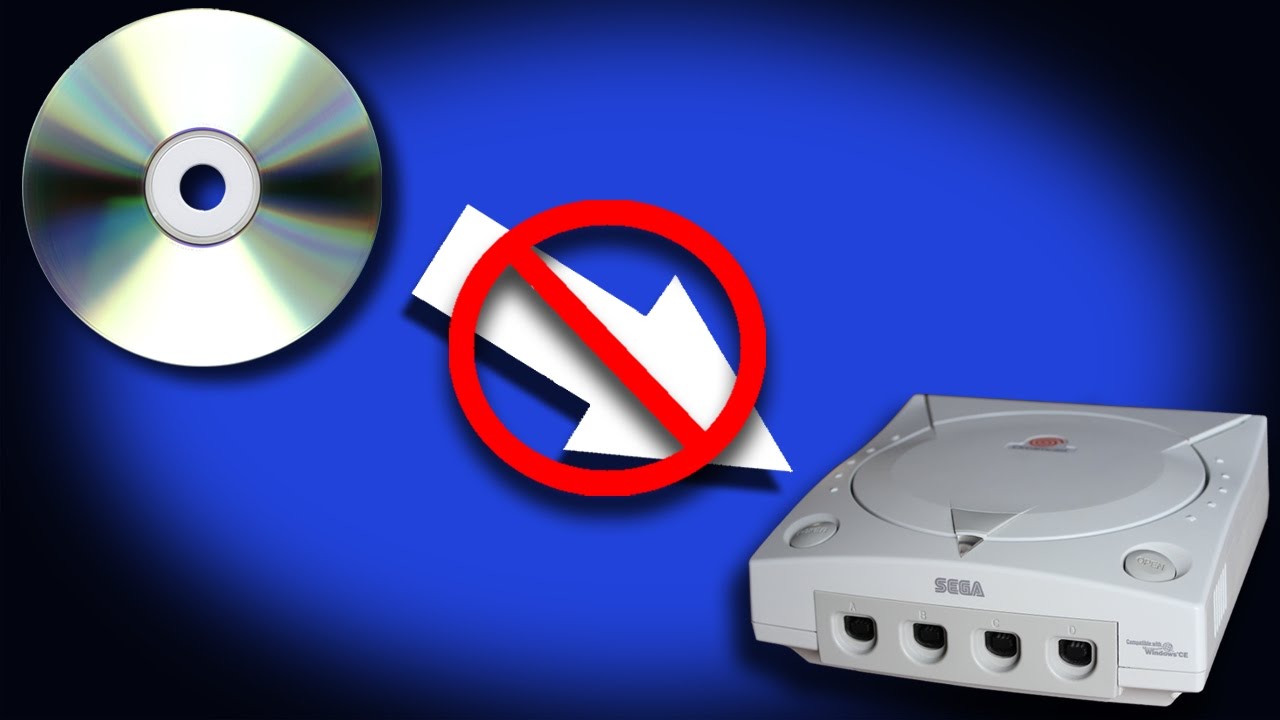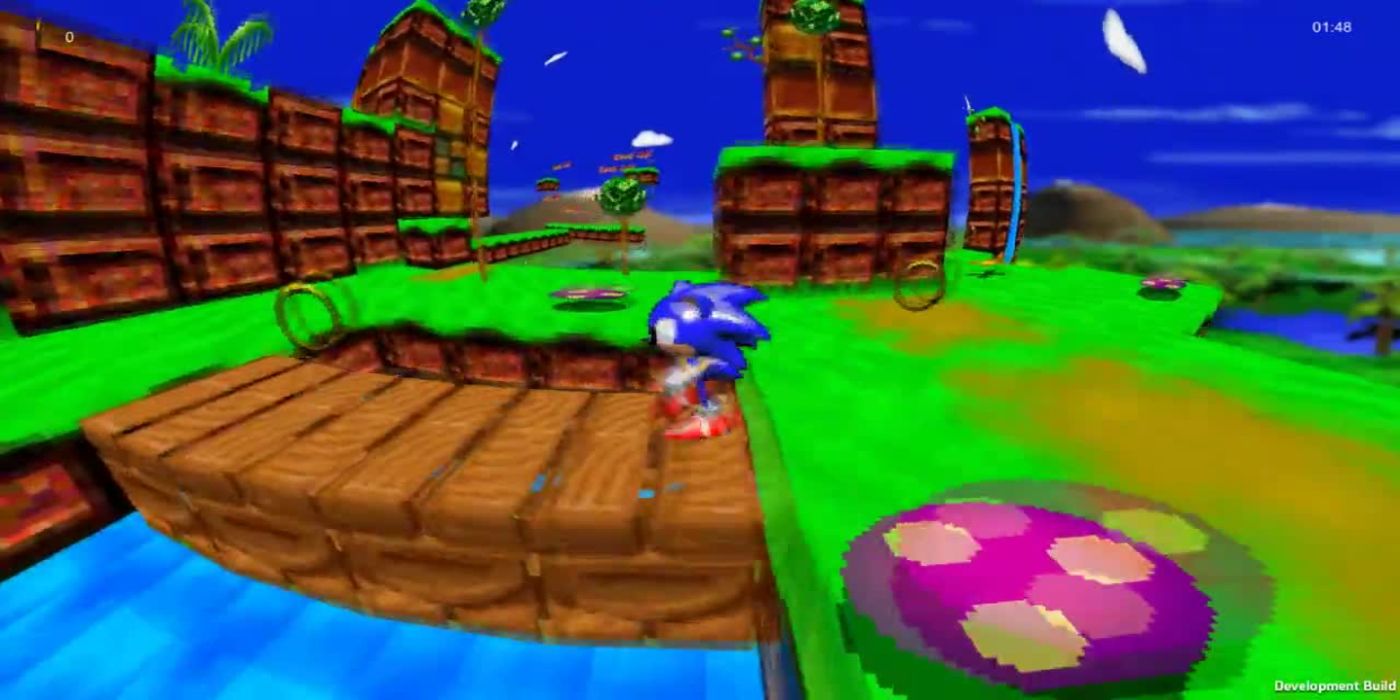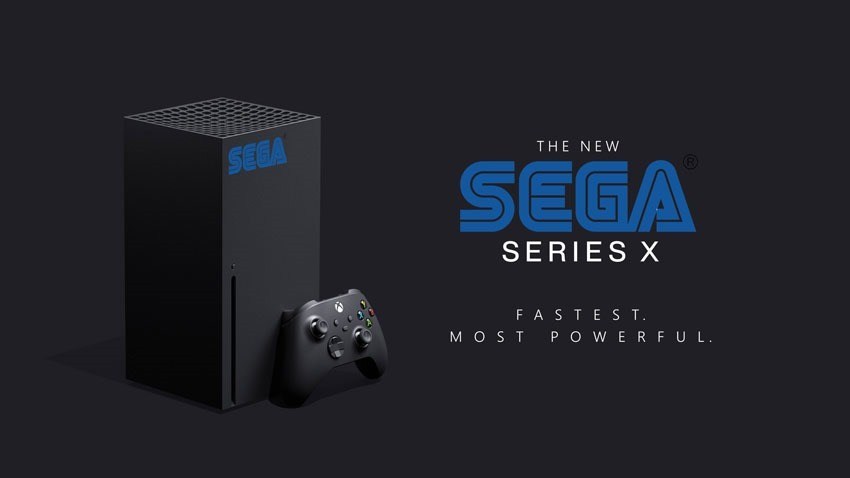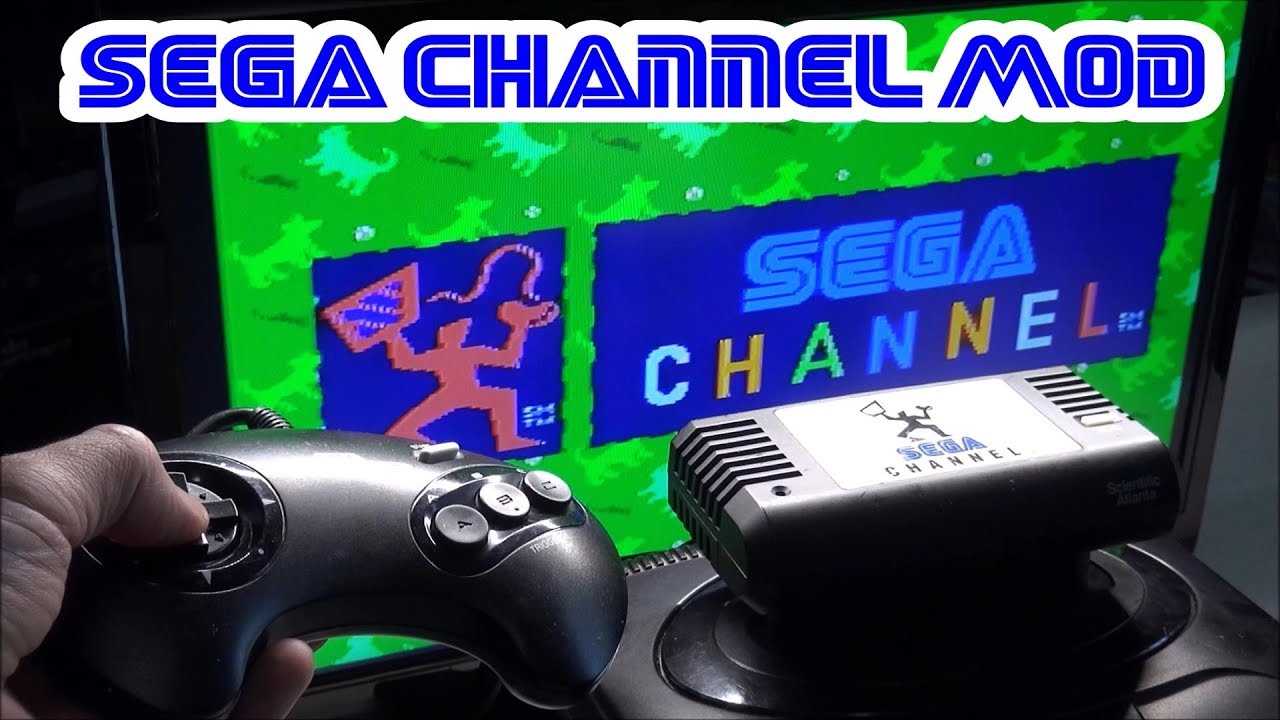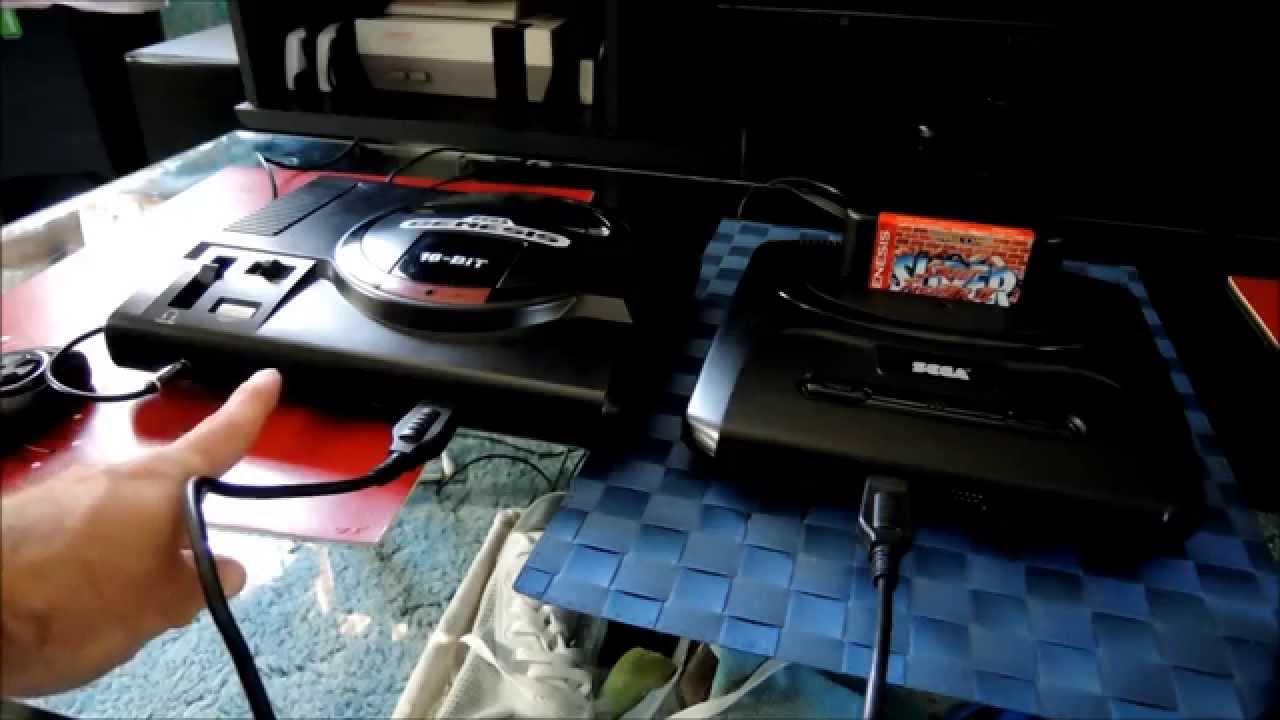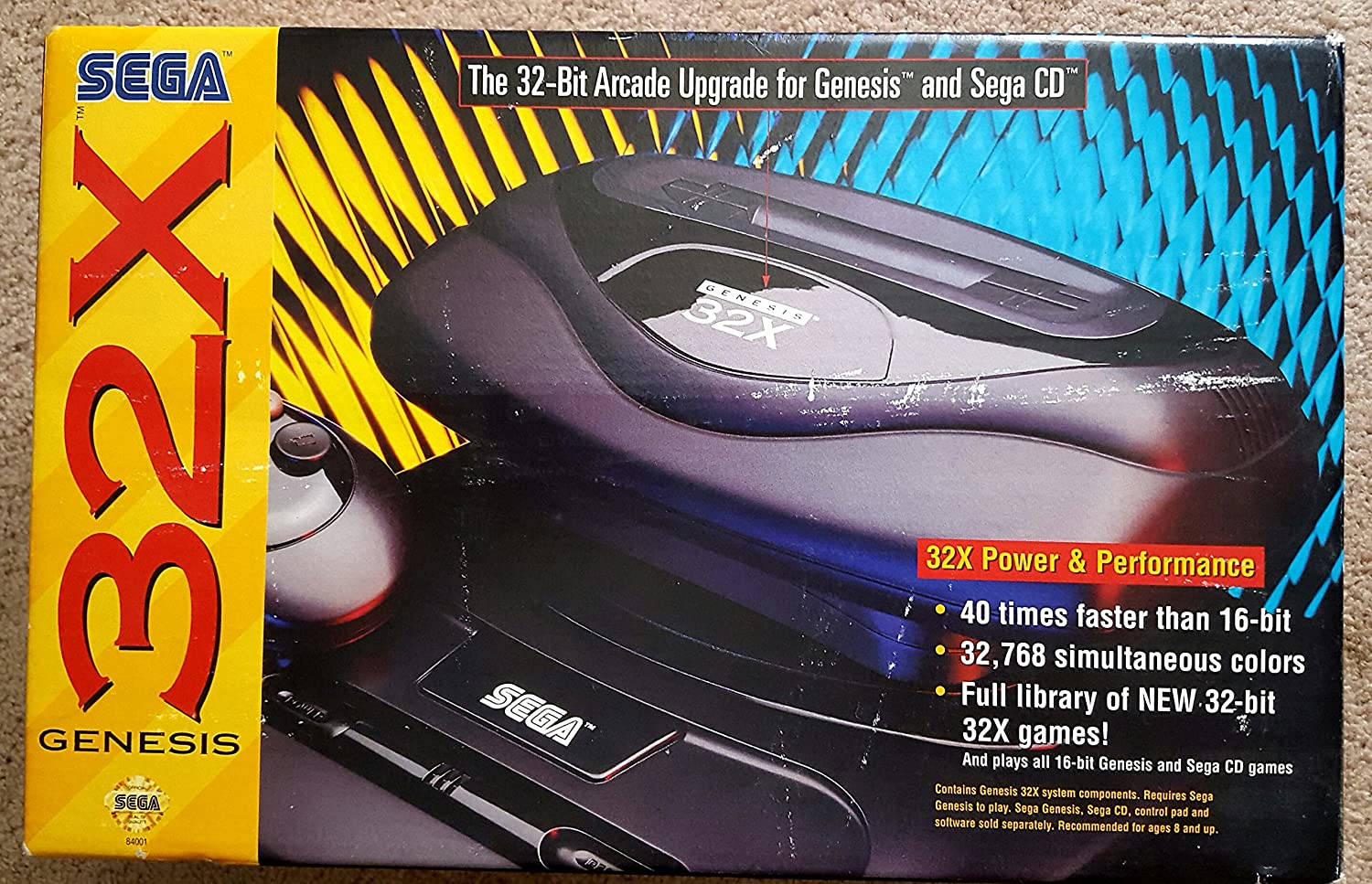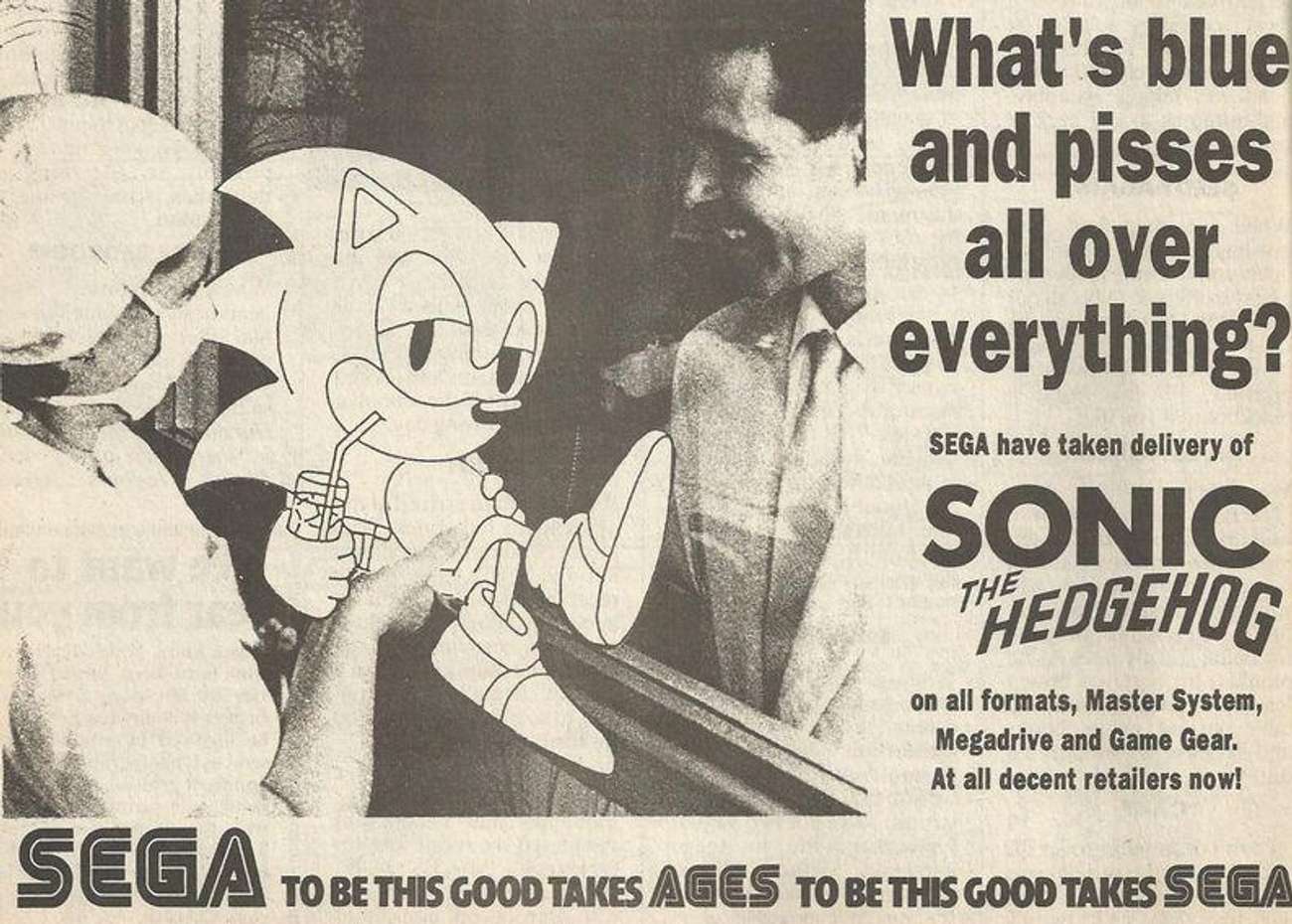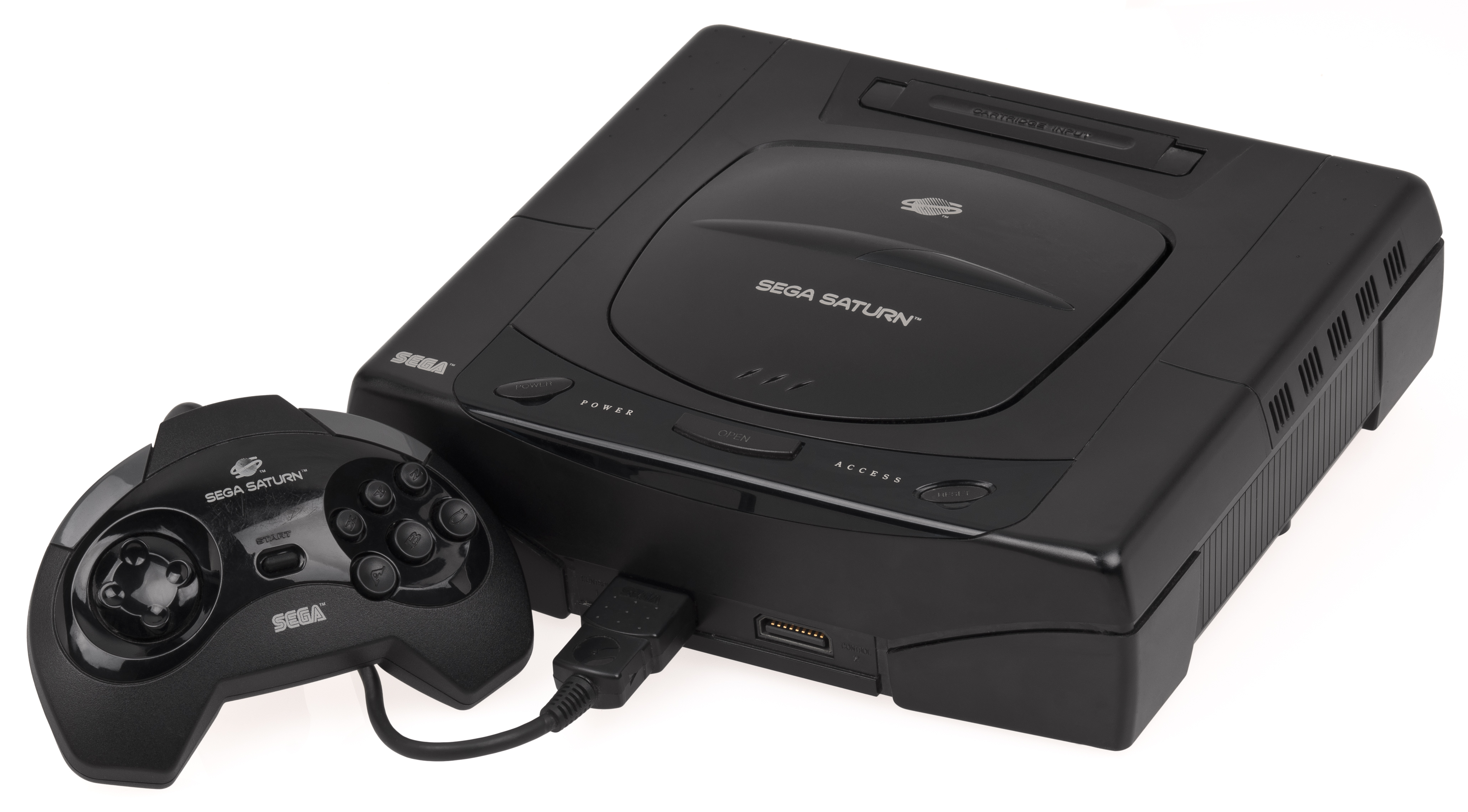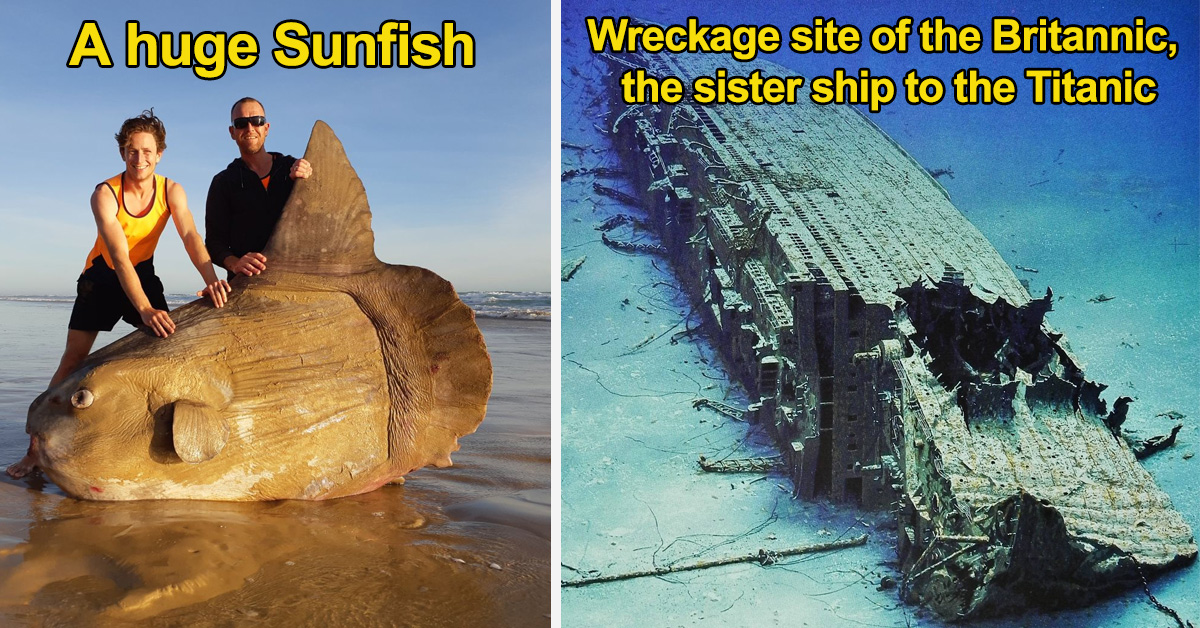15 Reasons Why Sega Failed
Once upon a time, the console war only had two contenders: Nintendo and Sega. But now, Nintendo is triumphant with hot new systems and games...
Published 4 years ago in Facepalm
Where did it go wrong? Sega made a series of critical mistakes and managed to shoot themselves in the foot over and over again.
1
Abandoning the Game Gear
Competing with Nintendo back in the day meant competing in multiple areas. So when the Big N dazzled us with the Game Boy, Sega had to counterpunch with the Game Gear.
Now, the Game Gear really ate batteries, and it wasn’t quite as comfy as a Game Boy. But it featured full-color handheld games eight years before Nintendo introduced the Game Boy Color.
Sega had a chance to corner the handheld market with games that were more colorful and complex. But most of the library ended up being crappy ports of Genesis and Master System titles instead of anything new. And while Nintendo would get a real boost from original titles like Pokemon, Sega eventually stopped developing handheld games entirely.2
Sonic Gets Weird (Sonic 2006)
Sonic the Hedgehog was designed as a straightforward character. He’s fast and he fights a fat dude who loves robots. How could anyone mess these characters up?
Sega found a way. In Sonic 2006, we got unwanted new characters, a convoluted story, and a wretched love story between Sonic and a human woman. This was on top of countless bugs, a terrible loading system, unfinished levels.
Basically, this was the kind of game you’d be lucky to give away. And Sega used this game to run their beloved mascot into the ground. In many ways, the franchise never recovered from this.3
Sega Fights the Streamers
In most respects, modern Sega can’t keep up with modern Nintendo. But here’s one thing they have in common: being really, really weird about streaming!
When Sega acquired Atlas, they ended up threatening copyright strikes against streamers that showed too much of the game Persona 5. In this way, Sega abused the strike system and managed to piss off half the streaming community for no real reason.4
Rushed Sega CD
Believe it or not, the Sega CD sold fairly well. But the system is largely considered a failure due to the lackluster lineup of games.
The best games capitalized on core Genesis strengths while using the extra space for improved graphics and music, which is why Sonic CD is so beloved. But so much of the library is made of FMV games with potato-quality graphics that offered no real value to gamers.5
Saying “No” to Sony
Many retro gamers know the story about Nintendo rejecting Sony’s offer to develop a SNES CD add-on. But did you know that Sony was rejected by Sega as well?
When the Nintendo thing fell through, Sony wanted to develop an all-new system with Sega. However, Sega rejecting Sony because they thought that Sony had no real experience in making either hardware or video games.
Considering the decades of PlayStation success, we can only assume that Sony is happy Sega forced them to strike out on their own. Meanwhile, Sega rejected a partnership that might have kept them a competitive force on the market.6
Helping Nintendo Create the N64
Obviously, hindsight is 20/20. But Sega has a strangely consistent track record of turning down partners at the worst possible time.
In the ’90s, Sega was in talks with Silicon Graphics. That company wanted to develop a 64-bit gaming system with Sega, but Sega turned them down. And Silicon Graphics eventually teamed up with Nintendo to create the iconic Nintendo 64.
Way to help create your own competition, Sega!7
Not Enough Game Focus
Sega has had many failed systems. But there is something most of them have in common: Sega wasn’t focusing enough on games.
For example, Dreamcast only had 257 games in North America. And the Sega CD only had 142. Meanwhile, the poor 32x only had 36! It’s tough to sell gamers on a new game system when you barely have any games to offer them.8
Ditching the DVDs
For the most part, killer software sells consoles more than killer technology. But Sega proved that it only takes one major tech mistake to doom your new game system.
When developing the Dreamcast, Sega ditched DVDs in favor of GD-ROM games instead. This made games harder to pirate, but it also limited how much content discs could hold (only one gigabyte).
To top things off, the public was really hungry for DVD technology. By having a functioning DVD player, Sony helped sell more PlayStation 2s while making games easier to make for third-party developers.9
No Sonic X-Treme
Sonic the Hedgehog was designed as the answer to Nintendo’s Mario. This is why the lack of Sonic on the Sega Saturn was so strange.
There is a long and insane story here, with Sega using two teams to separately develop a game called Sonic X-Treme. It was mismanaged and stuck in developer hell before being canceled altogether.
This meant no Sonic platforming game for the Saturn. Considering how many N64s that Super Mario 64 helped sell, this may have been a fatal mistake for the Saturn.10
Rejecting Microsoft
The modern console wars are mostly fought between Sony and Microsoft, with Nintendo carving out their own separate niche. But if Sega had been smarter, there would be no Xbox as we know it.
When Microsoft wanted to get into gaming, they offered to help Sega with the Saturn and later with the Dreamcast. Sega said “no” each time, even when Microsoft was volunteering to help with Sega’s dwindling finances. Microsoft eventually developed their own highly successful console while Sega largely faded into mediocrity and then obscurity.
Just imagine the systems we would have today if they had partnered up!11
Not Expanding the Sega Channel
Would you believe Sega pioneered downloadable games back in the 1990s? The Sega Channel used a special adapter and your cable TV provider. For $15 a month, gamers could download and play a rotating selection of 50 Sega Genesis titles.
However, this grand experiment only lasted about four years as Sega moved away from 16-bit gaming. But had they expanded the service, they could have really taken advantage of creating the world’s first Game Pass.12
Too Many Console Variations
Nowadays, we get occasional console variations as part of special promotions. But Sega basically wrote the book on how to push the idea of extra consoles way too far.
Over the years, you could buy the original Sega Genesis or the later version simply called Genesis. You could attach the ill-fated Sega CD to your Genesis or buy the strange cartridge/CD combo system. The CDX.
And that’s not even counting weird third-party stuff like the X'Eye. It was difficult for young gamers to keep track of all this, and even harder for their parents when the kids started asking for a new game system.13
The 32x
Here’s the deal: I owned a 32x and even enjoyed a few of its games. But the fact remains that this was one of the worst game systems ever made.
First, it was released when the Sega Saturn was right around the corner, so even Sega loyalists thought twice about buying it. Second, it was bulky and annoying to hook up. Finally, most of the games were so bad that even little kids had to ask why the hell Sega made this system.14
Insane Marketing
For better or for worse, Sega always had insane marketing. Sometimes, this meant bizarrely adult ads (especially in the UK) during a time when gamers were predominately young. Other times, this meant an insane viral marketing campaign for NFL 2K4 where someone made a website and pretended to criticize Sega for the dangerous effects of their games.
Even the classic “Genesis does what Nintendon’t” was pretty damn cringeworthy. Sega seemed consistently confused over who their target audience was and how to properly market to that audience.15
The Sega Saturn Surprise
In retrospect, the Sega Saturn was an awesome system with some classic games. Unfortunately, Sega decided to doom this system from the very beginning.
The Saturn was originally going to come out in North America in September of 1995 and compete with the PlayStation (also coming out that month). To beat Sony to the punch, Sega launched the Saturn by surprise on May 11 (during E3) instead.
“Surprise” is the keyword, as Sega failed to ship retailers enough systems and there were hardly any games at launch. To top it off, Sony followed Sega’s announcement at E3 by promising that the PlayStation would cost $100 less than the Saturn, convincing countless gamers to skip the awful Saturn launch and wait to buy a PlayStation.

